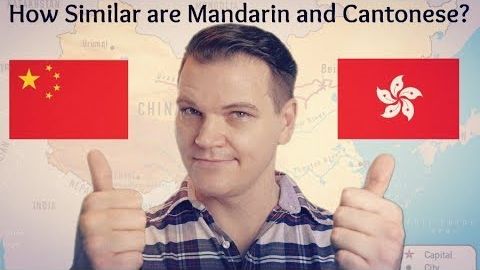國語和粵語有多相似? (How Similar Are Mandarin and Cantonese?)
jigme.lee888 發佈於 2021 年 01 月 14 日  沒有此條件下的單字
沒有此條件下的單字US /prəˌnʌnsiˈeʃən/
・
UK /prəˌnʌnsiˈeɪʃn/
- n. (c./u.)發音;正確發音;發音方式;發音指南
- n.慣用語;樂句;用話表示;用短語描述;用語言表達:;片語
- v.t./i.措辭
- n. (c./u.)當地居民;本地人;土著的,本地的
- adj.與生俱來的
US /voˈkæbjəˌlɛri/
・
UK /və'kæbjələrɪ/

